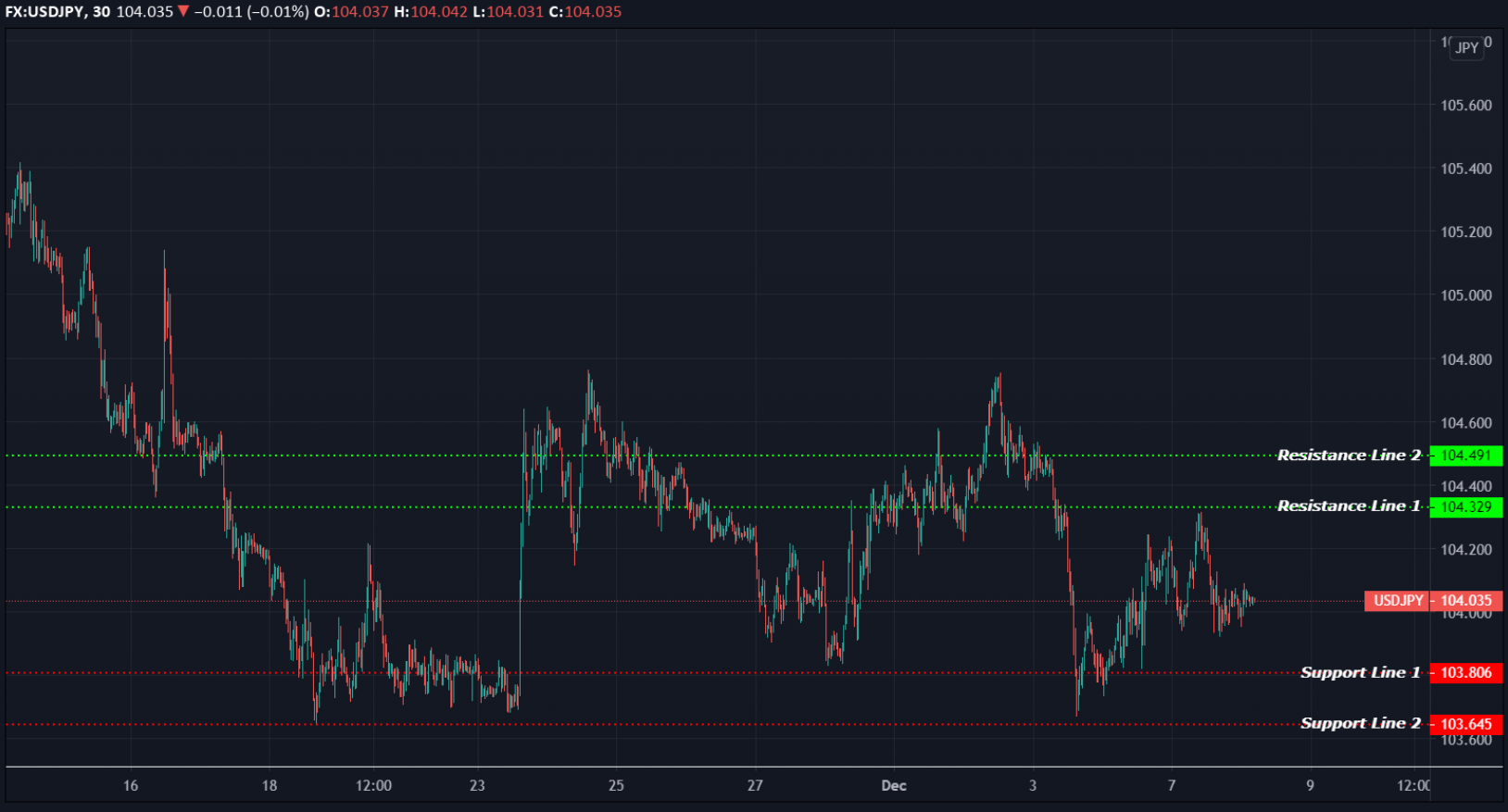EQUITIES
Asia-Pacific markets mostly lower on Tuesday. Except for the Australia’s S&P/ASX 200 that advanced 0.23%, others slipped. The South Korea’s KOSPI led the drop, down -0.94%, followed by and the Hong Kong’s Hang Seng index at -0.61% lower. The Japan’s Nikkei 225 down -0.31%, the Shanghai Composite slipped -0.25%, and Singapore’s Straits Times index unchanged.
Overnight on Wall Street, the tech-heavy Nasdaq Composite closing at a record high as investors flocked to mega-cap growth stocks while the two other major U.S. indices fell. The Nasdaq Composite rose 0.45% while the Dow Jones Industrial Average dropped 0.49% and the S&P 500 lost 0.19%.
OIL
Oil prices fell on Tuesday, adding to losses from the previous session on surging virus cases and U.S.-China tensions. The Brent crude futures traded to $48.42 a barrel, while U.S. crude at $45.42.
Oil prices fell around 1% on Monday, as Brent closed at $48.79 per barrel, while WTI futures ended at $45.76 per barrel.
CURRENCIES
The U.S. dollar index, which measures the greenback against a basket of its peers, last traded at 90.85, climbing from an earlier session low around 90.617, its weakest since April 2018.
The Australian dollar traded at $0.7425. New Zealand dollars also took a breather and parked near recent peaks.
GOLD
Gold rose on bet that more stimulus money being pumped into the financial system. Spot gold currently trading at $1,869.80 per ounce, while stands around $1,875.90 per ounce for gold futures. Previously closed at $1,862.00 and $1,866.00, respectively.
Silver trading at $24.67, platinum trading at $1,018.00 and palladium trading at $2,211.00.
ECONOMIC OUTLOOK
Asia-Pacific markets traded mixed on Tuesday as investors remained cautious over rising coronavirus cases, U.S. stimulus negotiations as well as Brexit talks between the UK and the EU.
The U.S. Congress is expected to vote this week on a one-week stopgap funding bill to give negotiators more time to strike a compromise, as the business community cautioned inaction could spur a deeper recession.
Japan’s GDP grew an annualised 22.9% in July-September, better than the initial estimate of a 21.4% expansion.
To date, number of confirmed worldwide cases for COVID-19 pandemic has surpassed 67.56 million affecting 213 countries and territories around the world and 2 international conveyances, recording more than 1.544 million fatality globally.
TECHNICAL OUTLOOK
[USDJPY]
Important Levels to Watch for Today:
- Resistance line of 104.329 and 104.491.
- Support line of 103.806 and 103.645.
Commentary/ Reason:
- The yen held steady at 104.03 per dollar after inching a fraction higher on Monday.
- USD/JPY moved lower as the yen strengthened on the outlook for additional Japanese fiscal pandemic stimulus. Prime Minister Yoshihide Suga on Tuesday announced his plan to compile a 73.6 trillion yen stimulus package to speed up the country’s recovery from its deep coronavirus slump, which will include 40 trillion yen in direct spending
- USD/JPY also under pressure on Japan’s economic data that showed the Japan GDP and Oct leading index CI rose stronger than expectations.
- The dollar also retreated on concern on renewed lockdowns in Southern California over surging COVID-19 infections that will lead to more restrictions that undercut economic growth.
- Later today, business sentiment surveys in the U.S. are due and will offer some sense of how deeply the latest wave of COVID-19 has hurt the consumers’ mood.















